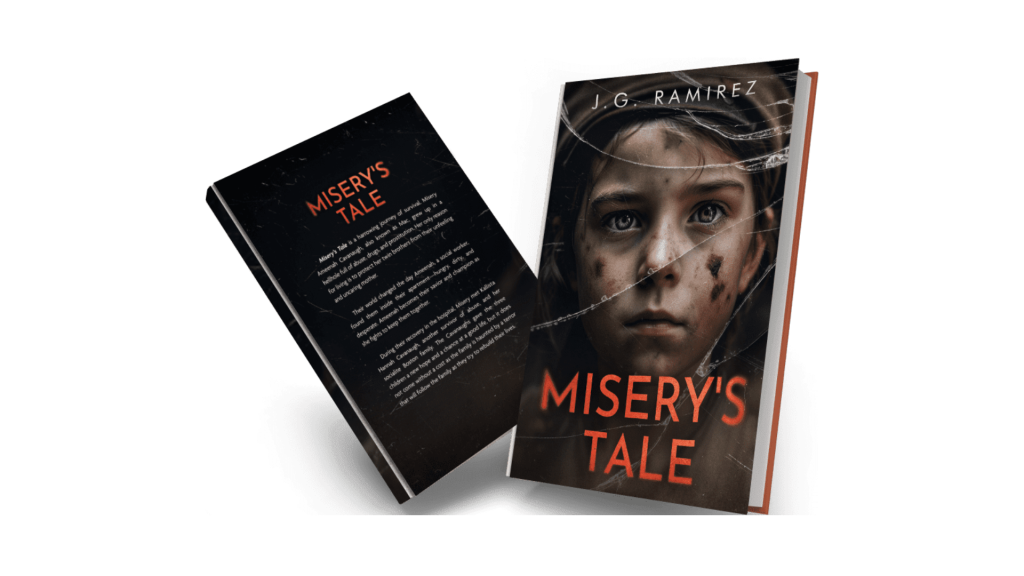Misery Literature Exploring Deep Emotions and Stories

Literature has continuously been a mirror of the human soul. Among the numerous themes it discovers, misery holds sole power. While joy and festivity entertain, stories of grief push readers to reflect deeply. In misery literature, we learn emotions that words fight to contain. These stories invite us to challenge loss, despair, and sorrow, yet they likewise help us recognize stamina and healing. Through dejection, writers disclose hidden truths about humankind. Such works are not incomplete in telling pain.
They inspire readers to raise hope when it is at last shining. That is why stories of misery continue timeless crossways between cultures and periods. They prove that adversity, while sore, can lead to better wisdom. In this sense, Misery’s Tale possesses one of the premium examples of how disaster can inspire likeness. Through storytelling, unhappiness alters from despair into sense, guiding booklovers toward resilience.
The Legacy of Misery’s Tale
Misery’s Tale continues to reverberate because it goes outside normal storytelling. It not only checks sorrowful proceedings; instead, it discovers the complexity of human endurance. The story reproduces universal facts about suffering, repeating to readers that hardship attaches to all people. Every page covers struggles that texture both individual and shared.
Moreover, the narrative’s expressive power lies in its uprightness. Readers observe challenges that mirror real human knowledge. The story seeks to hide pain but discloses it as a path to growth. As a result, booklovers attach with the characters not through joy but through understanding. This joining remains one of the work’s greatest strengths.
Over the years, Misery’s Tale has become an orientation point for academics and booklovers alike. It exemplifies the essence of misery while still contributing hope. Finished sorrow, it inspires strength. Through fight, it reveals loveliness. Its legacy lasts because it imprisoned what it earned to be human.
The Art of Storytelling in Dark Narratives
The art of storytelling accompanies when authors capture the raw spirit of sorrow. Tragedy often delivers the most influential stage for character development. When characters endure damage, they reveal pliability that inspires booklovers. This alteration demonstrates why misery is such a convincing theme.
Storytelling becomes an additional form of entertainment here. It develops a way to preserve facts, pass wisdom, and share empathy. A well-crafted sad tale can change readers across peers. Every word carries weight because it transmits emotional honesty.
Themes of Pain and Growth
Stories centered on unhappiness rarely remain fixed on misery. Instead, they habitually chart a journey from sorrow to strength. Pain is obtainable not only as adversity but also as a substance for alteration. Characters suffer, yet when they are finished suffering, they grow.
This journey mirrors actual human life. We bear grief, but we also familiarise ourselves. Literature imprisoned this reality, letting readers see themselves within the story. Through these stories, people find authenticity in their fights. They also learn hope in the option of healing.
Why Misery Literature Still Matters
Even in today’s fast-moving world, misery literature retains its hold value. Modern booklovers, faced with pressure, uncertainty, and alteration, still attach to sad narratives. These stories remind them that fights are universal. They propose comfort by presenting that adversity is not faced alone.
Additionally, such works act as a timeless leader. While knowledge changes and civilisations evolve, human feelings remain continuous. Grief, loss, love, and confidence affect people in each era. Therefore, misery-centered stories continue to be relevant no matter the century. They imprison the core of human knowledge.
Conclusion
Literature flourishes when it reproduces the full variety of human emotions. Among these, misery holds a singular place because it imparts lessons happiness cannot. Through misery literature, readers challenge pain but also learn resilience. They study empathy outdoors in the shoes of characters who hurt. They find bravery by witnessing stamina in the dimmest times.
Ultimately, misery in literature is more than dejection. It is a trail to sympathy, empathy, and fortitude. By appealing to these stories, readers produce not only as persons but as members of a communal human knowledge. In this way, misery literature continues to shape lives, contributing wisdom that endures through time.
